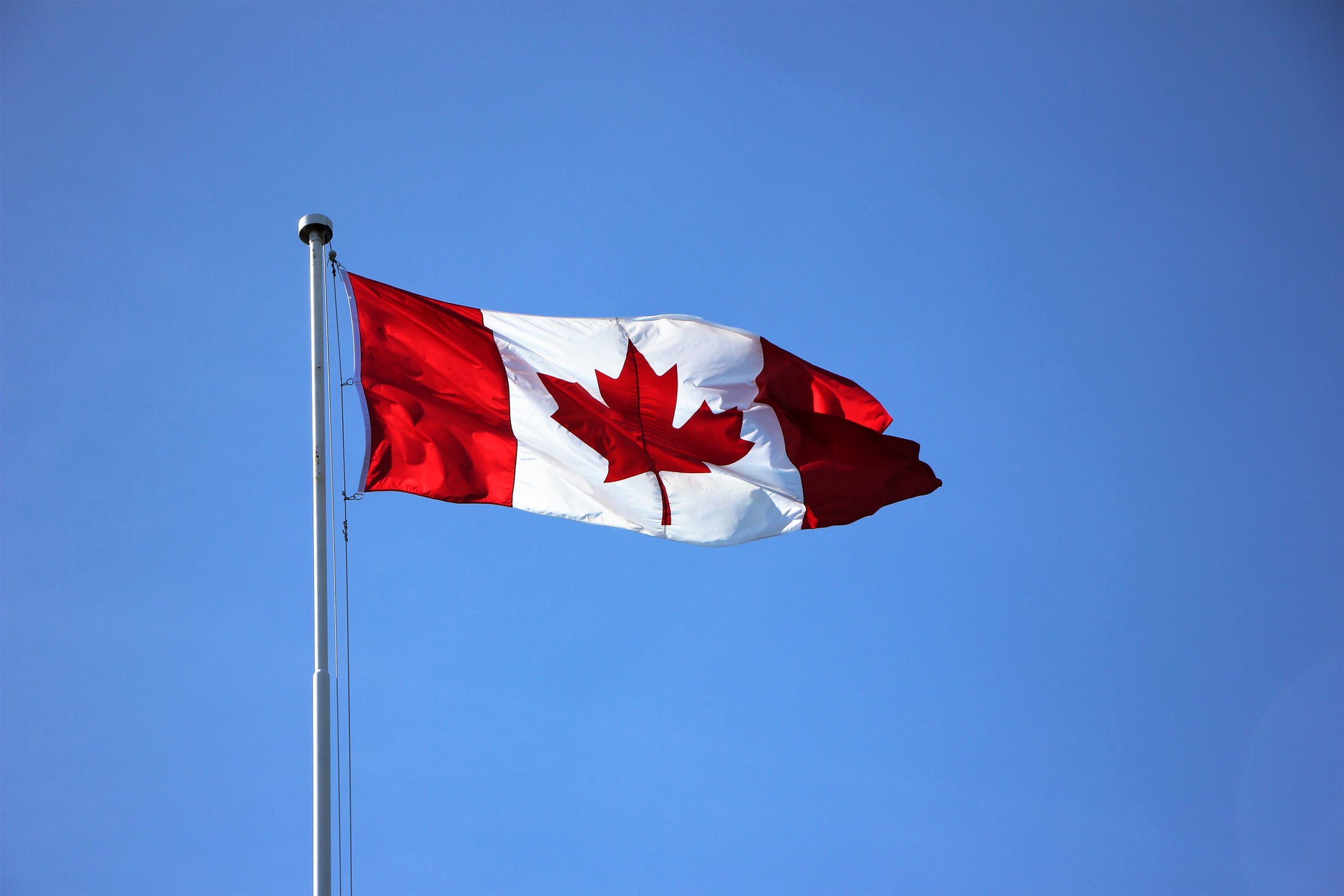When Stan Schmidt became president of the Saskatchewan Chamber in 1999, he set the local business community on a course we are still navigating to this day.
As a media guy running what was STV back then and Global today, he understood the importance of milestones as rallying points. Since his term was going to end in 2000, he recognized that his tenure would include the end of a year, a decade, a century and a millennium. It would also begin another of each.
And then there was one other on the horizon – Saskatchewan’s 100th anniversary of joining Confederation.
Using that noteworthy point in time, he challenged his colleagues at the time to create a plan for what we wanted to look like in our second century. He called it Action Saskatchewan: A Blueprint for 2005.
It turned out to be a seminal initiative, one that focused us on some positive solutions rather than harping on the dark topics of out-migration, oppressive government policy and the like.
Among the key elements of Action Saskatchewan – and there were plenty – was a call for population growth. It suggested a target of increasing the population by 10 per cent. The idea gained traction and then momentum when the newly minted Saskatchewan Party embraced it as part of its growth initiative.
In hindsight, the 10-per-cent target turned out to be low. We actually achieved 15 per cent and counting.
But the momentum on this front is waning and, given that the world is not static, we are now falling behind the growth patterns exhibited in other provinces. It’s time to recommit to the objective.
The evidence of need is growing more and more clear every day. Just ask the province’s home builders. After ramping up to meet the needs of the last two decades they simply cannot contract fast enough to match the decline in demand now evident. That means no new subdivisions in need of roads and paving.
Then there was the recent announcement by WestJet that it would be dropping direct, non-stop flights from Regina and Saskatoon to key sunshine destinations for part of this winter due the Max 8 situation.
All told, WestJet says the Boeing situation has resulted in a two-per-cent reduction in their schedule, but as a low-density market, we seem to be bearing a significant share of those cutbacks.
If Saskatchewan, hypothetically, had double the population we’d also have twice or more air service and we’d see cutbacks rather than the elimination of entire routes.
And finally, there’s the counting thing.
When Canada measures stuff it always likes to ensure Toronto and Ontario look good, so they measure things on a per capita basis. Consequently, Saskatchewan is the worst carbon emitter in the nation. Toronto has smog, while on a clear day in Saskatchewan you can see the back of your ear. Yet we are heavier polluters. But double our population and we go from worst to first on the emission scale.
Similarly, when it comes to crime stats, Toronto is approaching 600 shootings this year, but Saskatchewan cities will be ranked as the most violent on a per capita basis.
Walter Scott, our first premier, envisioned a province with 10 million people living on the banks of the South Saskatchewan River. It’s time we embraced his dream and got on the population growth bandwagon once more. We might even end up with more than 14 seats in Parliament and a louder voice in this country.

